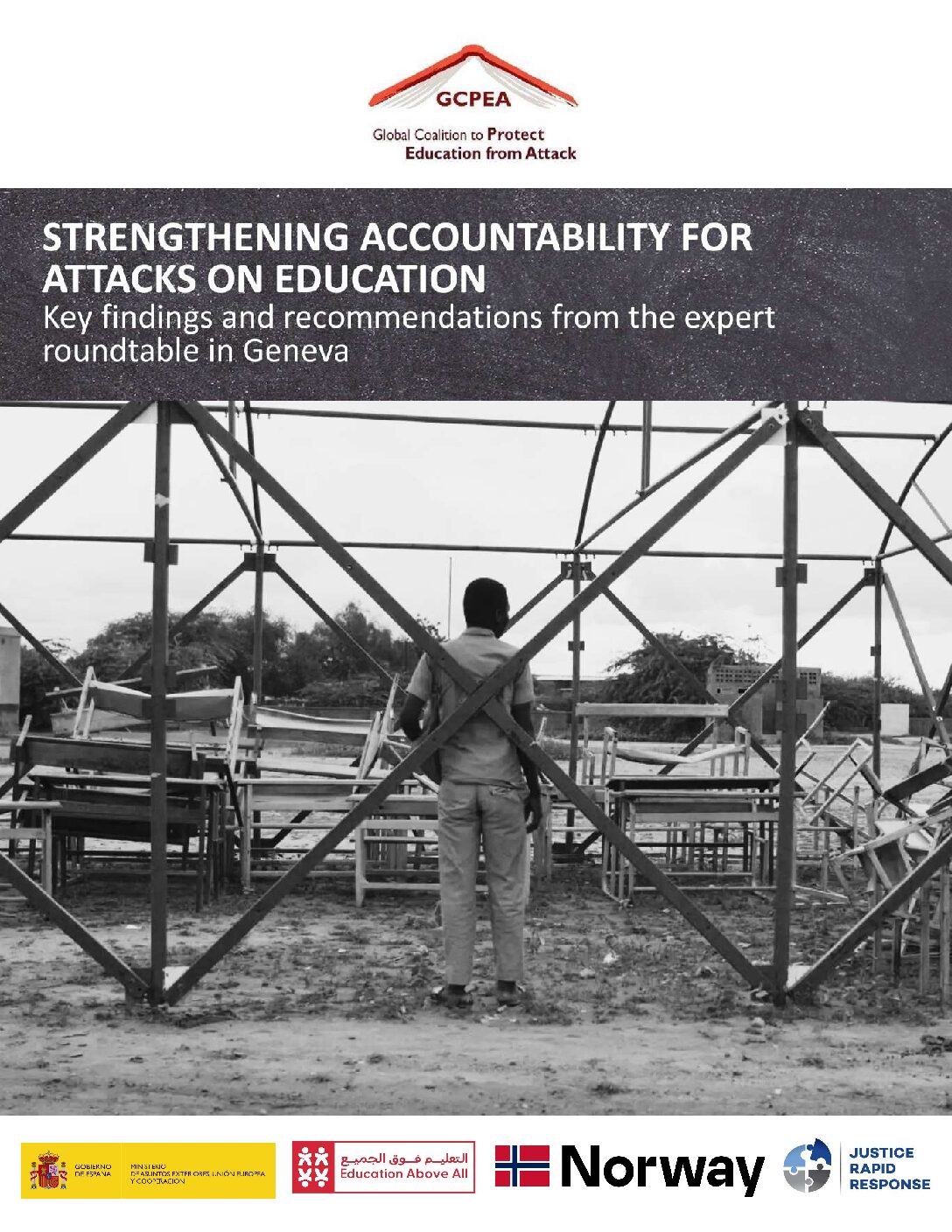GCPEA News
Red Cross Says Civilian Centers Abused In Conflict
Associated Press, June 26, 2013
GENEVA (AP) — Civilians in hospitals, schools, churches and mosques are increasingly put in harm’s way in armed conflicts around the world, including in Syria, the head of the Red Cross said Thursday.
Peter Maurer, president of the International Committee of the Red Cross, said his organization is gravely worried about the rising misuse of medical facilities and educational and religious centers in armed conflicts in Syria and other nations.
Along with the “weaponization of medical facilities” is a similar misuse of schools, churches and mosques that is one of the most worrisome trends during the past year, Maurer told reporters at Red Cross’ headquarters.
“Hospitals, but also schools, churches, mosques are attacked and some groups and fighters misuse hospitals, schools, mosques and churches and other religious installations to bring arms into those installations, which make them again susceptible to military attack,” he said.
Armed forces and rebels in Syria, Yemen, Somalia, Mali and other nations have been bringing arms into such places, making them susceptible to military attack.
Maurer said the organization has compiled data on “a relatively big sample of cases” involving attacks on medical facilities, which are among the most serious patterns of violations of international humanitarian law in the conflict zones.
“I am not of the opinion that these patterns are happening by chance,” said Maurer, who attributed the patterns to all sides gaining more encouragement to win rather than to reach a political settlement.
National security forces and armed rebels were the biggest culprits, according to Red Cross data.
In 2012, the organization documented 921 violent incidents involving attacks or threats against health care workers, wounded and sick people, and medical facilities and vehicles.
About 60 percent were directed against doctors, nurses and paramedics, and the Red Cross found two more worrisome trends: “follow-up attacks” on first aid providers and violent disruption of vaccination campaigns.
More than nine of every 10 such cases involved local health care providers; most of the other cases were directed against international health care providers.
Maurer emphasized that the global humanitarian organization’s annual report for 2012, which focuses on the millions of people it assisted, shows an alarming and widening gap between the staggering needs of millions of people suffering from Syria’s civil war, and the world’s ability to help them.
Major conflicts like the one in Syria also tend to last longer which is “grinding down the civilian population year after year,” Maurer said. “There is an inability to cope with the demands.”
The Red Cross, whose biggest donors to its more than $1 billion annual budget are the United States, Switzerland, the European Commission and Britain, says Syria will eclipse Afghanistan as its biggest operation by spending in 2013.
“Aid organizations tried to do their best to get to people in Syria and to respond to those needs,” he said. “There is a huge discrepancy between the ability to cope with the Syrian crisis and the escalating speed in which the demands in Syria are growing. And this gap still continues to widen as we speak.”



